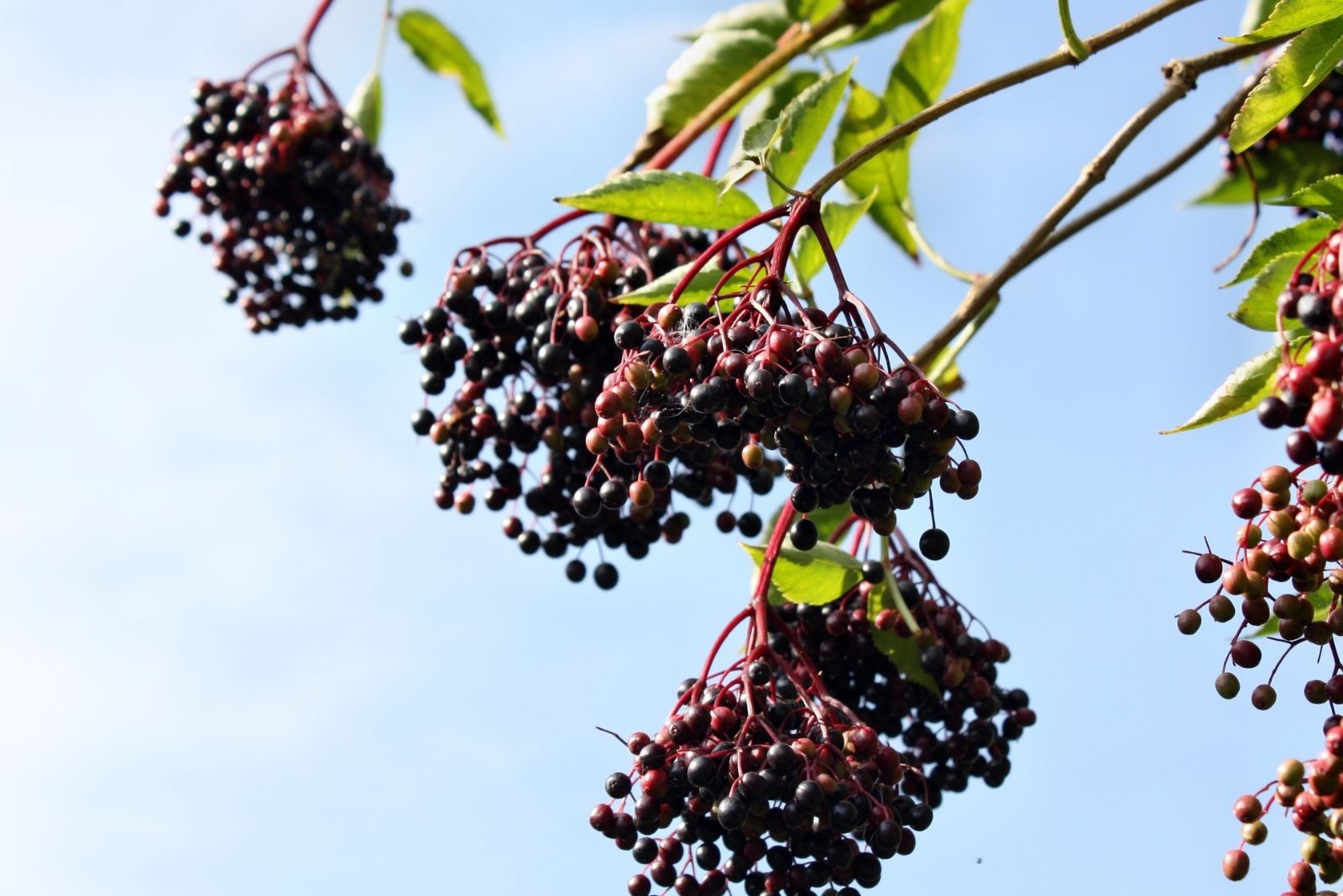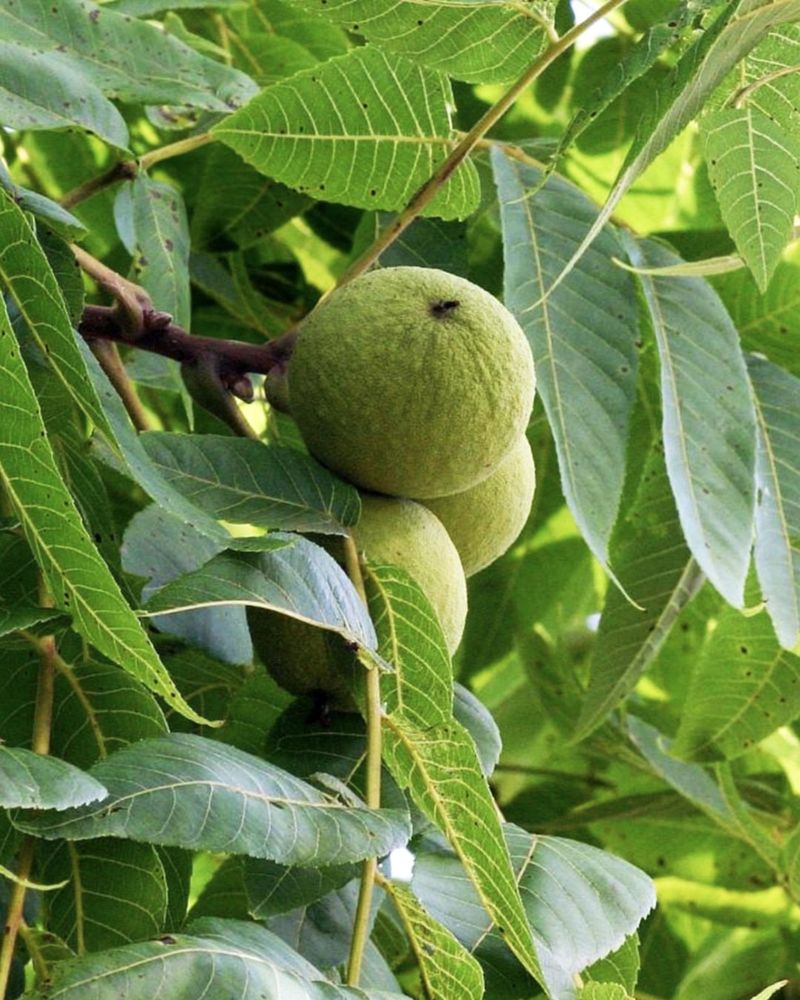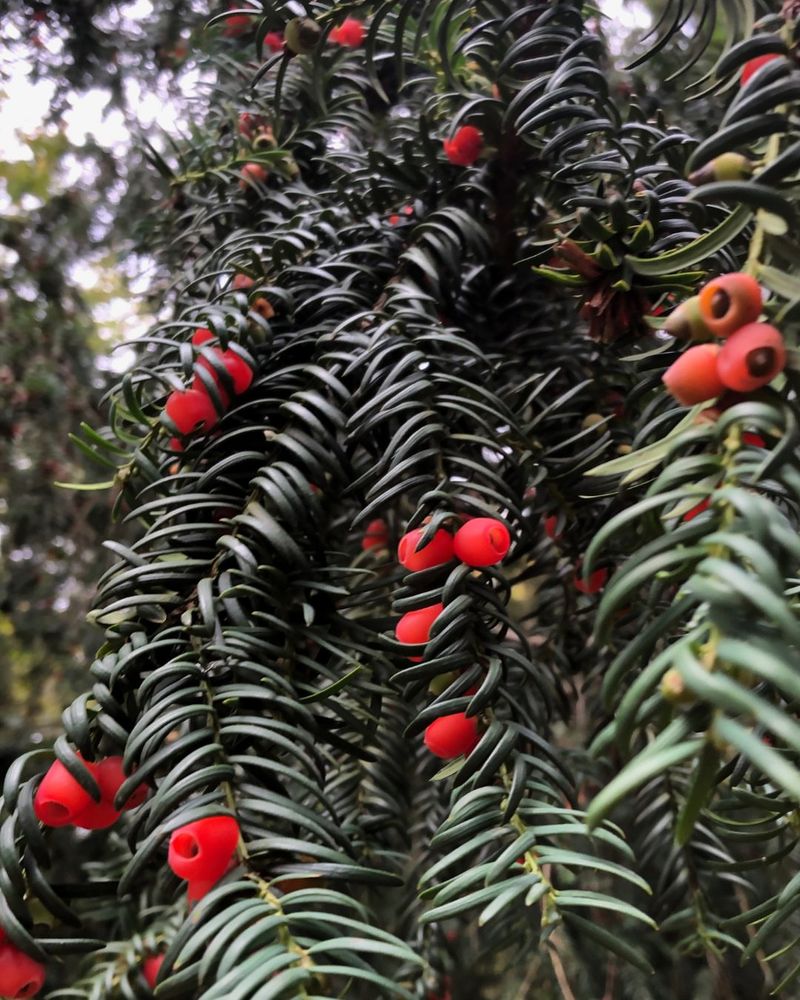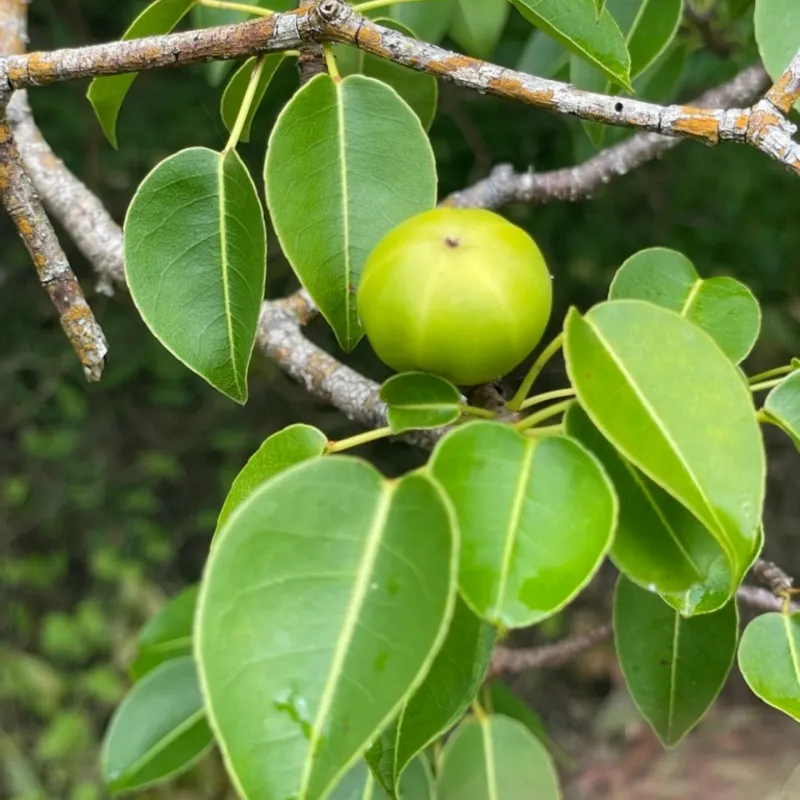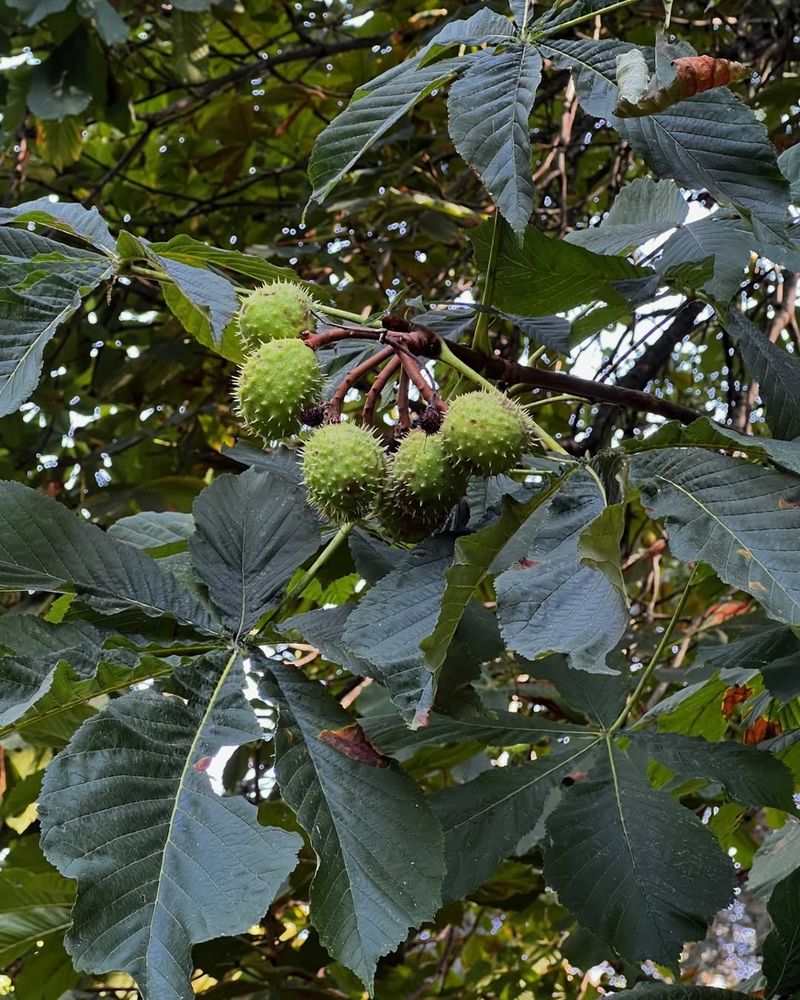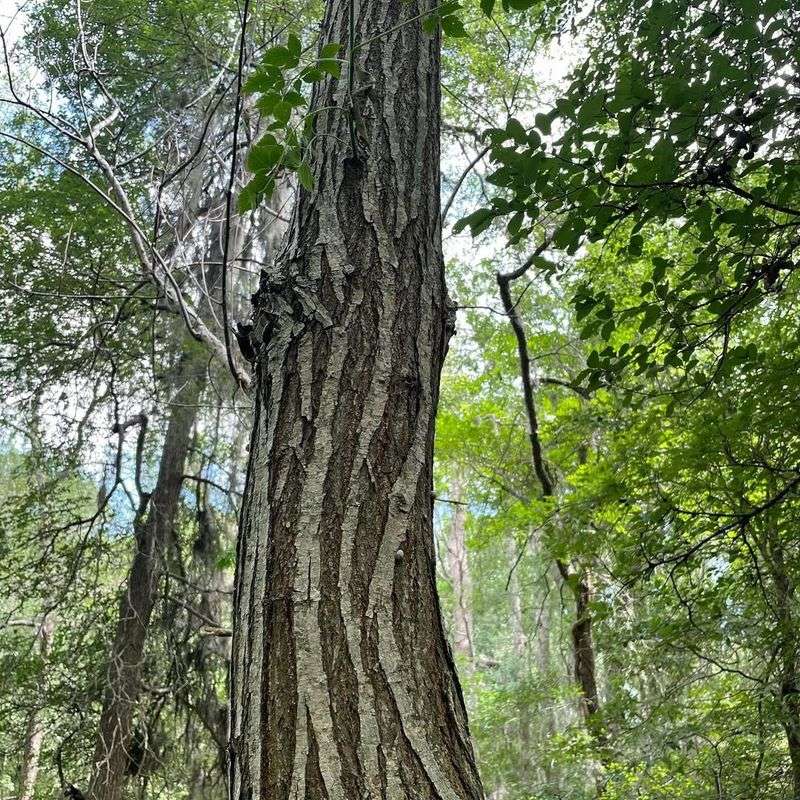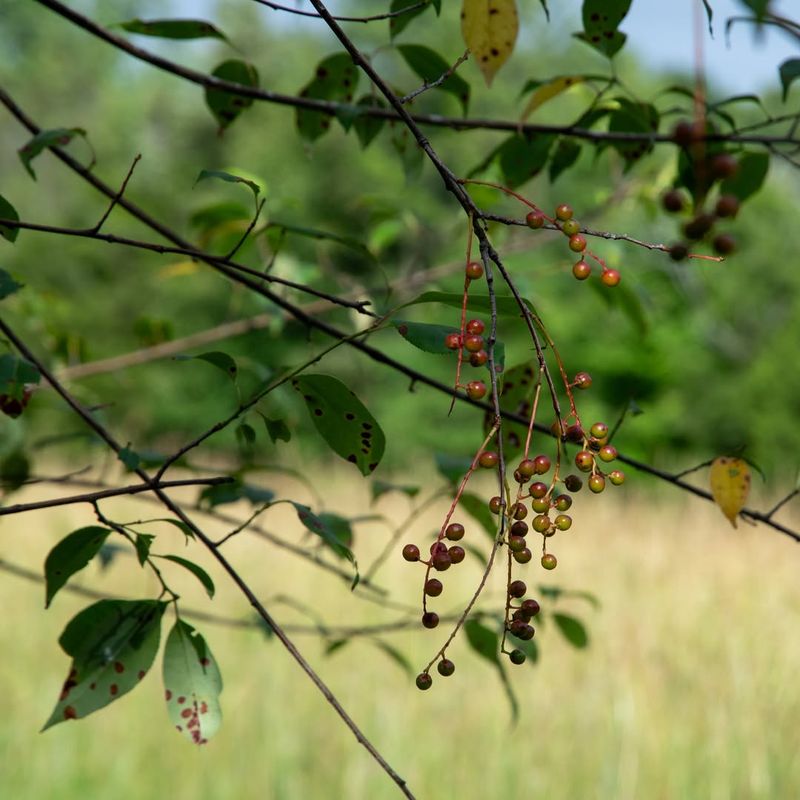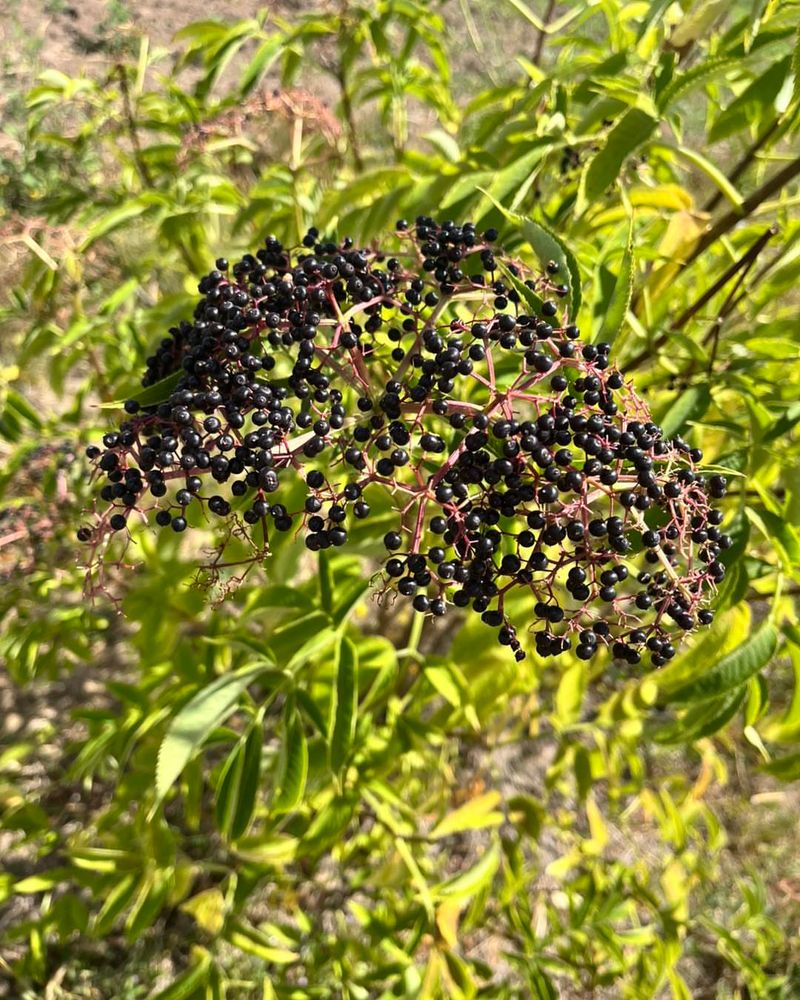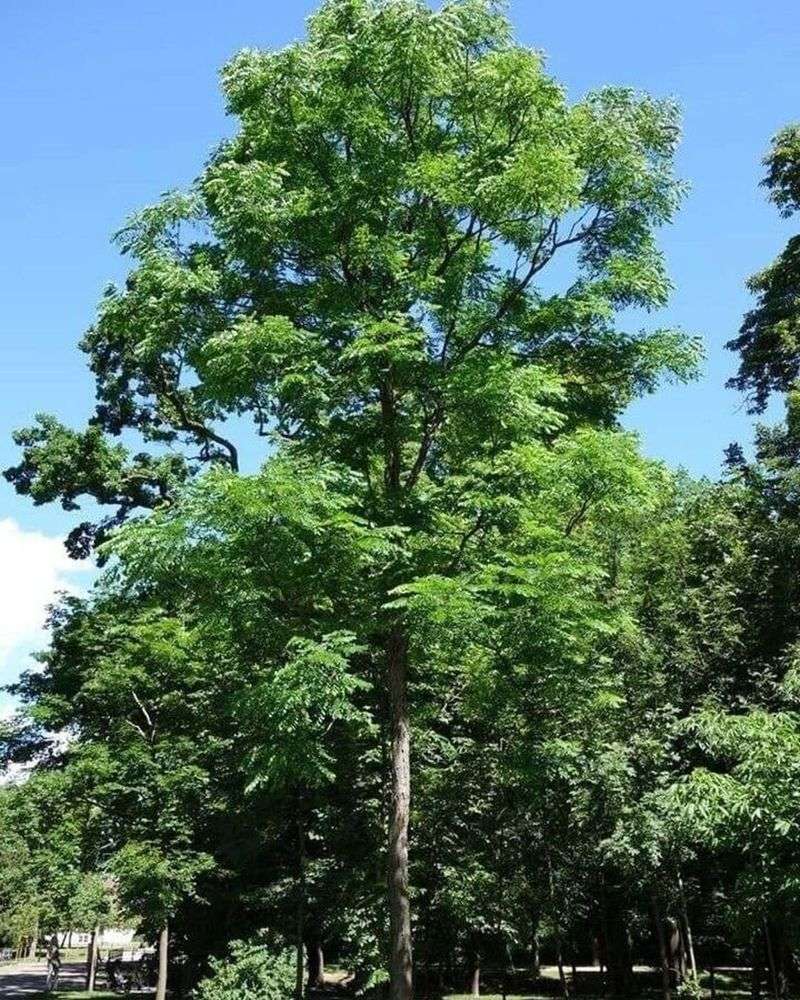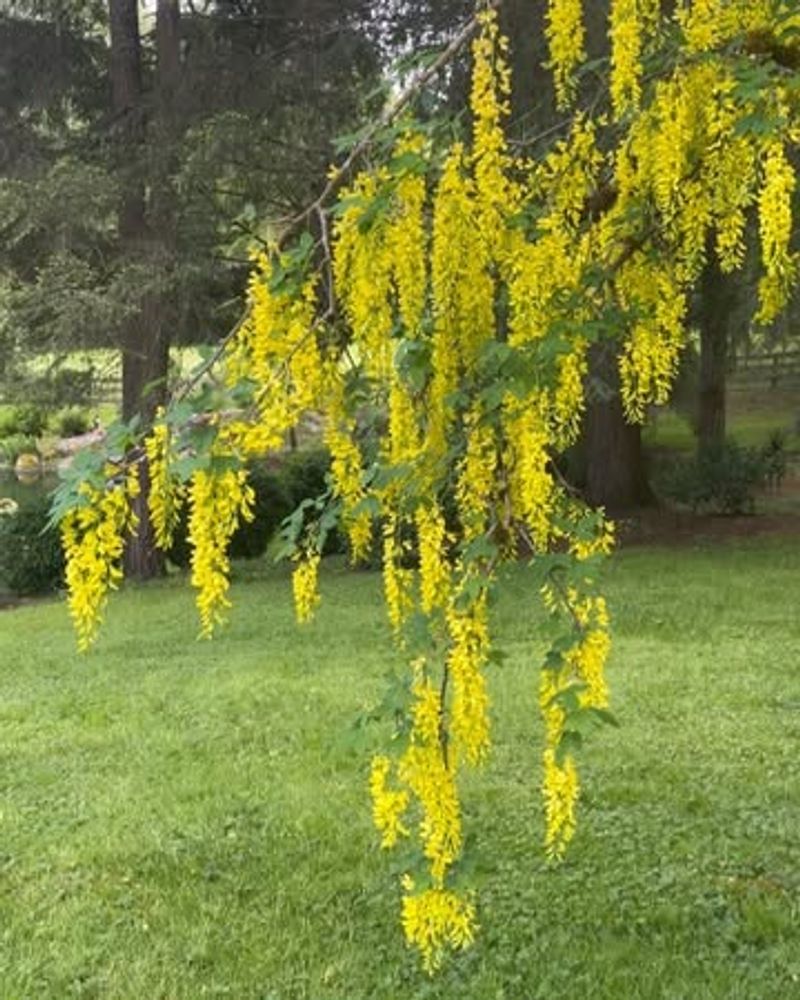Planting trees can beautify your yard and provide shade, but not all trees are safe for families and pets. Some species contain toxins in their leaves, bark, berries, or seeds that can cause serious health problems if touched or eaten.
Minnesota residents need to know which trees pose risks so they can make smart choices when landscaping their property.
1. Black Walnut
Black walnut trees release a chemical called juglone from their roots, leaves, and nut hulls. This substance kills nearby plants like tomatoes, peppers, and many flowers, making gardening difficult.
Pets and horses can get sick from eating the nuts or hulls, experiencing symptoms like laminitis in horses. The sawdust and shavings are particularly dangerous for animals.
While beautiful and valuable for lumber, these trees create too many problems for typical home landscapes where gardens and pets are present.
2. Yew Trees
Every part of the yew tree contains taxine, a deadly poison that affects the heart. Just a small amount of needles, bark, or seeds can kill a person or animal within hours.
Children might be attracted to the bright red berries, not knowing the seed inside is extremely dangerous. Even touching the foliage and then touching your mouth can cause problems.
Despite being popular for hedges and landscaping, yews are simply too risky for homes with kids or pets who play outside regularly.
3. Manchineel Tree
Known as the most dangerous tree in the world, manchineel contains toxins so powerful that standing under it during rain can cause skin blisters. Smoke from burning the wood blinds people temporarily.
The fruit looks like small apples but eating even a bite causes severe mouth burning and throat swelling. Native to tropical areas, some people try growing them in greenhouses.
Minnesota residents should never attempt to grow this species, even indoors, because the risk of accidental poisoning is far too high for any household.
4. Buckeye And Horse Chestnut
Buckeye trees produce shiny brown nuts that look tempting but contain aesculin, a toxin causing vomiting, diarrhea, and nervous system problems. Kids often pick them up because they resemble chestnuts.
All parts of these trees are poisonous to humans and animals, especially the nuts and young sprouts. Symptoms can appear within hours of ingestion.
Though native to some parts of the Midwest, these trees present unnecessary dangers when safer shade tree options are available for Minnesota yards and parks.
5. Chinaberry Tree
Chinaberry trees grow quickly and produce attractive yellow berries that birds spread everywhere, but these berries are highly toxic to mammals. Children and pets can suffer seizures, paralysis, and even death from eating them.
The tree spreads aggressively and is considered invasive in many areas. Every part contains toxins, though the berries pose the greatest danger.
Minnesota gardeners should avoid planting chinaberries completely, as the combination of toxicity and invasive growth habits makes them problematic on multiple levels for residential areas.
6. Black Cherry
Black cherry trees have leaves and twigs containing cyanide compounds that become especially dangerous when wilted or damaged. Livestock have died from eating fallen branches after storms.
Fresh leaves are less toxic, but wilted foliage releases much higher concentrations of poison. The cherries themselves are edible when ripe, but the pits contain cyanide.
For Minnesota homeowners with animals or small children who might chew on leaves, safer fruit trees exist that do not carry these life-threatening risks throughout the growing season.
7. Elderberry
Raw elderberries, leaves, stems, and roots contain cyanide-producing compounds that cause nausea and serious digestive upset. Many people do not realize the danger since cooked elderberries are safe and popular.
Children might eat the raw berries not knowing they need cooking first. The stems and leaves are particularly toxic and should never be consumed.
While elderberry syrup offers health benefits, having these trees where kids play unsupervised creates risks. Better to buy processed products than grow potentially dangerous plants at home.
8. Kentucky Coffee Tree
Kentucky coffee trees produce large pods filled with seeds that contain cytisine, a toxic alkaloid. Early settlers roasted the seeds as coffee substitute, but raw seeds cause vomiting and neurological symptoms.
The pods fall in autumn and children might open them out of curiosity. Even small amounts of raw seeds can make people and animals quite sick.
Although hardy in Minnesota and interesting looking, the poisoning risk from fallen pods makes these trees poor choices for family properties where curious kids explore the yard freely.
9. Golden Chain Tree
Golden chain trees display stunning yellow flower clusters but every part contains cytisine, especially the seeds. This poison affects the nervous system and can be fatal to children and pets.
The seedpods look like pea pods, which kids might try to eat while playing. Just a few seeds can cause convulsions, coma, and death without quick treatment.
Despite their beauty in spring, these ornamental trees are too dangerous for residential landscapes. Minnesota families should choose safer flowering trees that do not threaten their loved ones.
10. White Snakeroot
White snakeroot contains tremetol, a toxin that poisoned early American settlers through milk from cows that ate the plant. Abraham Lincoln’s mother famously died from milk sickness caused by this plant.
Though technically a large perennial rather than a true tree, it grows woody and tall in shaded areas. All parts are toxic to animals and humans.
Minnesota residents should remove this plant from their property entirely, especially if they have livestock or children who might come in contact with it during outdoor activities.

